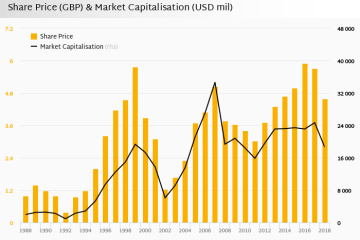The Evolution and Impact of Kindle e-Readers

Introduction
In an era dominated by digital technology, the Kindle e-reader, developed by Amazon, has significantly transformed the way people read books. Launched in 2007, the Kindle has adapted to the changing landscape of literature consumption, offering a portable and convenient option for avid readers. The relevance of the Kindle extends beyond mere convenience; it represents a cultural shift towards digital reading in a world increasingly reliant on technology.
The Rise of Kindle
The inaugural Kindle model was revolutionary, utilizing E Ink technology that allowed for easy readability in various lighting conditions. The device was an instant success, with sales soaring to 500,000 units within five months. With subsequent models, such as the Kindle Paperwhite and Kindle Oasis, Amazon has continued to innovate, introducing features like built-in lighting, waterproof designs, and enhanced screen resolutions that mimic the experience of reading a physical book.
Current Market Trends
As of 2023, the Kindle remains a popular choice among readers, with over 90% of e-reader users in the United States claiming to own one. Moreover, Amazon has reported that Kindle e-book sales outpace physical book sales, a notable shift in consumer preferences. The Kindle Unlimited subscription service further adds to this trend, allowing users to access a vast library of books for a monthly fee, encouraging more people to consider digital reading as a viable alternative.
Challenges and Competitive Landscape
Despite its success, the Kindle faces competition from various other e-readers such as Kobo and Nook, as well as tablets that offer reading capabilities. Additionally, there are challenges related to the perception of digital reading; some traditionalists argue that e-readers cannot replicate the tactile experience and aesthetic pleasure of printed books. Nonetheless, with sustainability concerns and the growing environmental footprint associated with printed books, the Kindle’s eco-friendliness provides a compelling argument in its favour.
Conclusion
In conclusion, the Kindle has not only changed the way we read but has also contributed to the evolving narrative of book publishing and consumption. As technology continues to advance, it is likely that we will see further innovations in e-reading devices that enhance the user experience. The Kindle’s significance lies in its ability to adapt to market demands, keeping it at the forefront of the digital reading revolution. As more individuals embrace e-readers, the future of reading—be it physical or digital—remains an exciting landscape to explore.









